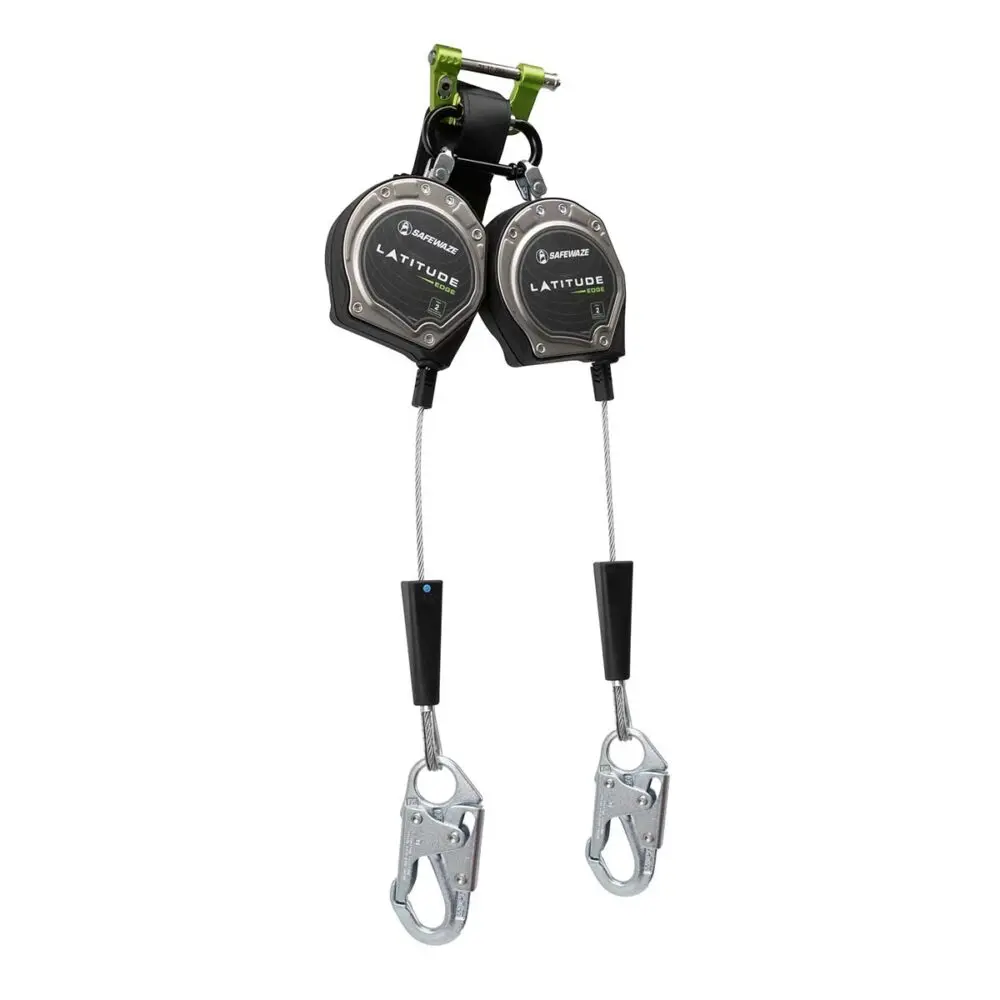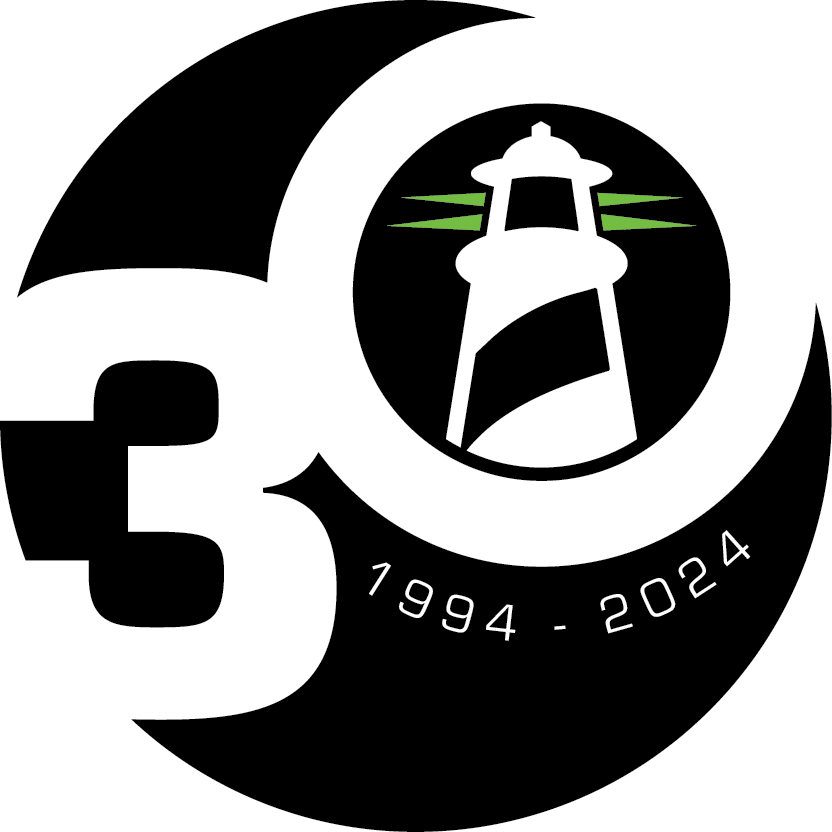OSHA reports that fall protection continues to be the most frequently violated safety guideline year after year. Additionally, the CDC confirms that falls are the leading cause of construction-worker fatalities.
There were over 6,000 violations of “Fall Protection – General Requirements 1926.501” in 2019, nearly double the amount of the next category. The top 10 violations also included Ladders (1926.1053) in 6th place and fall protection training requirements (1926.503) in 8th place.
OSHA reports that over $71.5 million dollars in citations were issued for the 2019 fiscal year. Below are the maximum penalty amounts with the annual adjustment for inflation being charged after Jan. 15, 2021. (See OSHA Memo, Jan 8, 2021).
- Serious, Other-Than-Serious, Posting Requirements: $13,653 per violation
- Failure to Abate: $13,653 per day beyond the abatement date
- Willful or Repeated: $136,532 per violation



